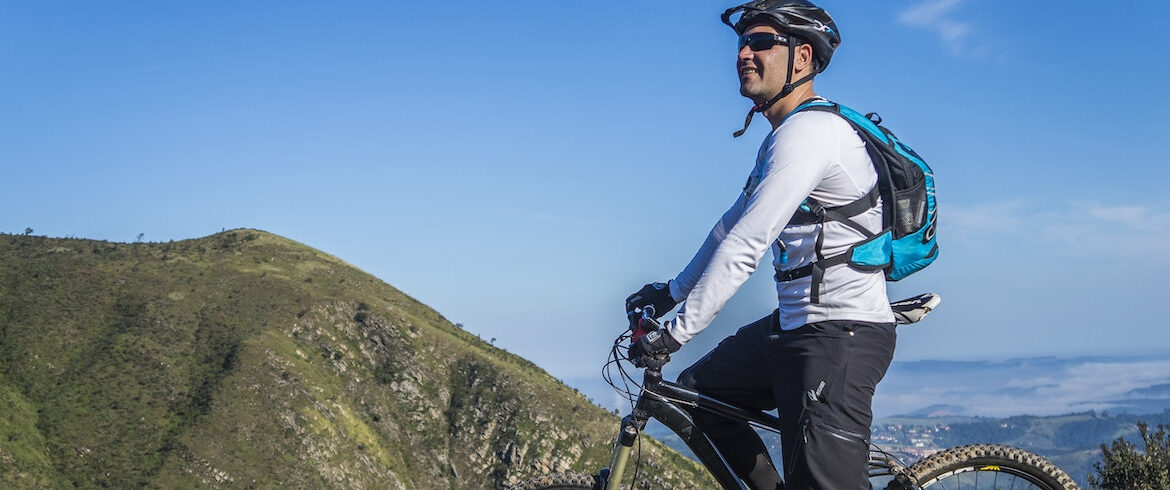If you enjoy being outside and want to explore a new place while leaving no trace, look no further. Hiking, biking, and kayaking are great ways to enjoy outdoor activities. It allows us to experience the environment’s natural beauty while minimizing our impact on it. By following the principles of leaving no trace, we can enjoy these activities while preserving the environment for future generations.
With these types of activities, you stay in touch with nature
When we engage in outdoor activities like hiking, biking, and kayaking, we can explore new places and connect with nature. These activities provide physical exercise, mental and emotional benefits, and a sense of accomplishment. By exploring a new place while leaving no trace, we can have these experiences while contributing to preserving the environment.
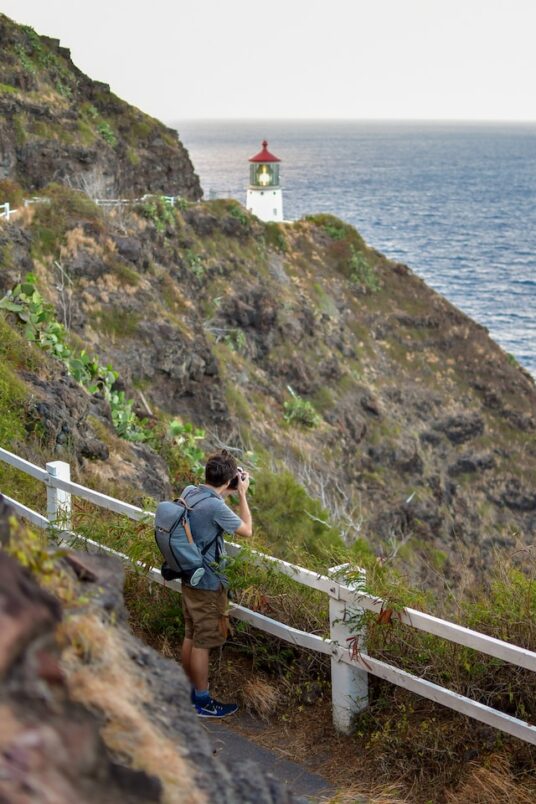
To explore a new place while leaving no trace, follow some basic principles, such as staying on designated trails, avoiding disturbing wildlife habitats, packing out all trash and waste, and using biodegradable soaps when cleaning up. Doing so can ensure we leave the environment just as we found it. By following the principles of leaving no trace, we can minimize our environmental impact while still having fun and experiencing the natural beauty of the world around us.
Biking: a fantastic way to explore new places
Let’s talk about biking as an outdoor activity. It’s a fantastic way to get outside, feel the wind in your hair, and explore new places while also getting some exercise. Not only does biking provide a great cardio workout, but it also helps strengthen your muscles and improve your overall fitness. Plus, it’s a low-impact activity that’s easy on your joints, making it an excellent option for people of all ages and fitness levels.
Before hitting the trails, it’s essential to make sure your bike is ready to ride:
- Check your bike’s tires to ensure they’re adequately inflated
- Test your brakes to make sure they’re working well
- Pack a small repair kit just in case you have any issues while out on the road
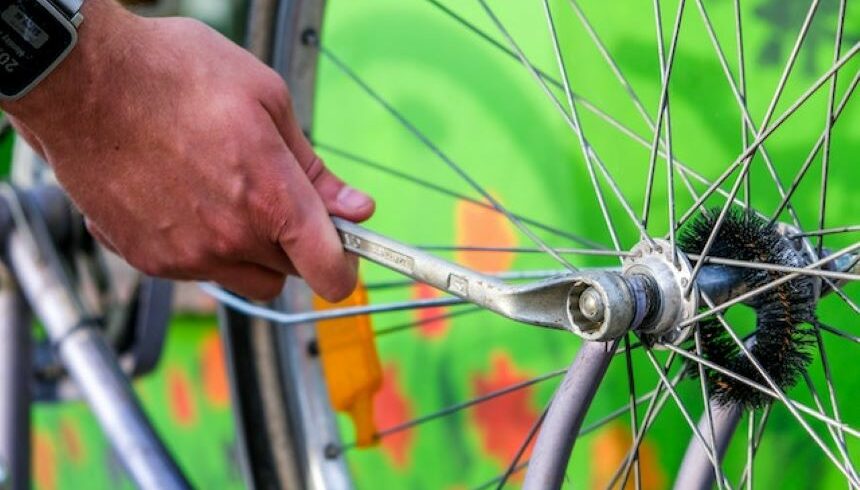
There are a few key tips when leaving no trace while biking. Stick to designated trails and avoid any areas where biking is prohibited. Don’t disturb any wildlife habitats, and be sure to pack out all trash and waste. If traveling through a sensitive area, consider using a bike rack to avoid damaging the terrain.
So, get out there, hit the trails, and enjoy all the benefits of biking as an outdoor activity. Leave no trace and be a responsible adventurer while at it!
Hiking: a popular outdoor activity for escape from the stress of daily life
Hiking is a popular outdoor activity that offers a variety of physical and mental benefits. It’s a great way to exercise, enjoy nature’s beauty, and escape daily stresses. One of the primary benefits of hiking is the opportunity to get fresh air and exercise while enjoying the stunning scenery. Hiking also offers a chance to disconnect from technology and immerse oneself in the natural world, which can help reduce stress and improve mental well-being.

Before hitting the trail, it’s important to prepare appropriately. This means wearing comfortable and supportive footwear, dressing in layers, bringing plenty of water and snacks, and carrying a map, compass, or GPS device. It’s also good to inform someone of your hiking plans in an emergency.
There are several fundamental principles to follow when leaving no trace while hiking. Stick to designated trails to avoid damaging fragile ecosystems and habitats. Avoid disturbing wildlife and carry out all trash and waste. Use a portable toilet or bury human waste at least 200 feet from water sources if necessary. Put on your hiking boots, grab your gear, and hit the trail to experience the many benefits of hiking while leaving no trace and preserving the natural environment for generations to come.
Kayaking: enjoy the outdoors while getting exercise
Kayaking involves paddling a small boat called a kayak through water, and it’s an excellent way to enjoy the outdoors while getting some exercise. One of the most significant benefits of kayaking is the opportunity to explore new places from a unique perspective. Whether you’re gliding through calm waters or navigating rapids, you’ll be able to experience the beauty of nature in a way that’s impossible from land. Kayaking can be an excellent workout for your upper body and core muscles.
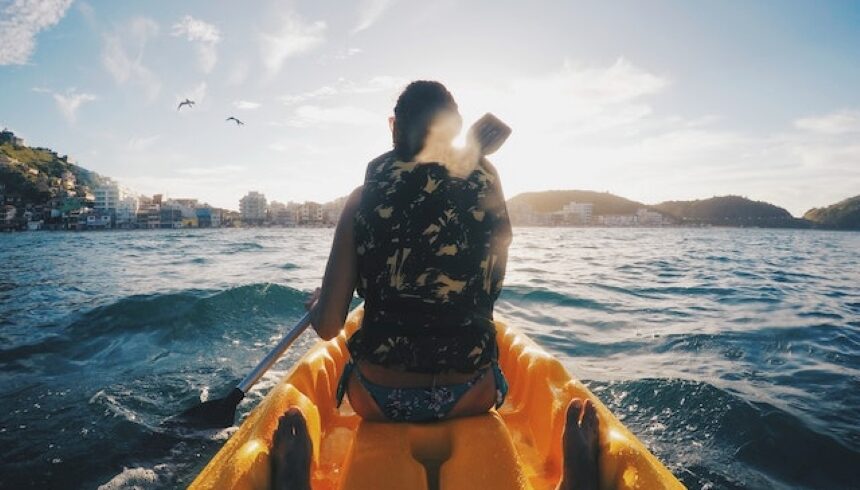
Before setting out on a kayaking trip, you must be adequately prepared. Wear a life jacket and bring any necessary safety equipment like a whistle or signaling device. Ensure your kayak is in good condition and you have the proper gear, such as a paddle and a waterproof bag for storing valuables.
If you want to leave no trace when kayaking, you should try to have as little of an effect on the environment as possible. Don’t bother animals; be aware of any delicate places you might pass through. Dispose of any garbage adequately in the designated area for this. Also, use soap that will not harm the environment for cleaning. These are usually natural or biodegradable soaps.
Explore a new place while leaving no trace!
You should have a good understanding of how to explore a new place while leaving no trace through the activities of biking, hiking, and kayaking. Remember, these outdoor activities offer many benefits, including physical exercise, mental relaxation, and a sense of accomplishment. Leave no trace by staying on established paths and rivers, recycling and properly disposing of your trash, and staying out of natural areas. Remember that everyone is responsible for protecting the planet’s natural resources. Leave natural heritage for future generations.
Get out there and explore a new place while leaving no trace! Whether biking through the mountains, hiking in a national park, or kayaking down a river, always be a responsible adventurer. Leave the environment just as you found it or better.
Cover image: Photo by Pixabay
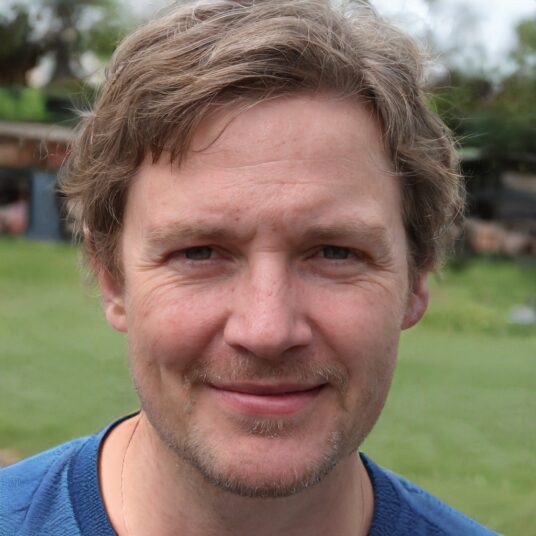
Author: John Peterson is a consultant for 247logisticservices.com and is keenly interested in promoting sustainable practices, eco-tourism, and environmental conservation. With years of experience in the field, he provides valuable insights for various relocation projects. In his free time, he actively volunteers for environmental organizations and enjoys traveling to new destinations while ensuring minimal environmental impact.
